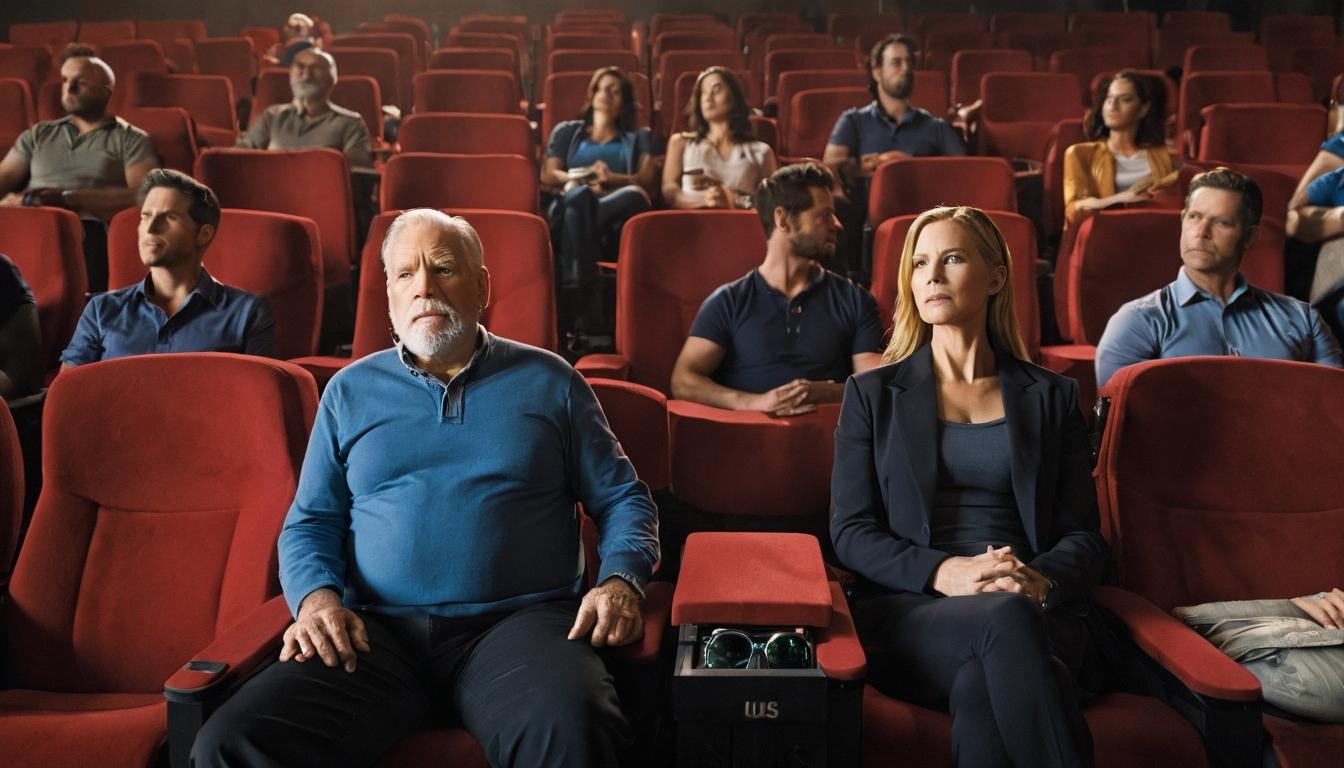In the dim glow of a thousand streaming interfaces, a curious phenomenon has emerged. Films that stumbled at the box office, dismissed by critics and ignored by audiences during their theatrical runs, are finding second lives—and sometimes even greater success—on digital platforms. This streaming paradox challenges everything we thought we knew about cinematic success and failure.
Take last year's sci-fi epic "Stellar Drift," which earned a paltry $18 million against its $90 million budget. The film vanished from theaters within weeks, written off as another casualty of pandemic-era filmmaking. Yet on streaming services, it became a sleeper hit, generating more viewing hours in its first month than the latest Marvel installment. The same pattern repeats across genres: romantic comedies that barely made a dent in theaters now dominate "most watched" lists, while action films that underwhelmed on opening weekend develop cult followings online.
What explains this dramatic reversal of fortune? Industry analysts point to several factors. The theatrical experience demands immediate gratification—films must capture attention instantly and maintain it for their entire runtime. Streaming, by contrast, allows for slower burns. Viewers can pause, rewind, and return to complex narratives. They can discover films at their own pace, often through algorithmic recommendations rather than marketing campaigns. The pressure of the opening weekend vanishes, replaced by the long tail of digital availability.
This shift has profound implications for how films are made and marketed. Studios are increasingly greenlighting projects with streaming potential in mind, even if they suspect theatrical performance might be weak. The calculus has changed: a film that earns modest box office returns but generates significant streaming engagement might be more valuable than a theatrical hit that disappears from public consciousness after its run. This explains the recent surge in mid-budget films that feel tailored for home viewing—character-driven stories with nuanced performances rather than spectacle-driven blockbusters.
The critical establishment is struggling to adapt to this new reality. Traditional review aggregators like Rotten Tomatoes still prioritize theatrical releases, often cementing a film's reputation based on its initial reception. Yet streaming platforms have their own metrics of success that rarely align with critical consensus. A film savaged by critics might become a viewer favorite, while critically acclaimed art house films sometimes languish in digital obscurity. This disconnect raises fundamental questions about who gets to define what makes a film "good" or "successful" in the streaming age.
Audience behavior tells the real story. Streaming viewers approach films differently than theatergoers. They're more willing to take chances on unfamiliar titles, knowing they can abandon them without financial penalty. They watch in different contexts—on phones during commutes, on laptops while multitasking, on televisions during family time. These viewing conditions favor certain types of films: those with strong opening hooks, easily digestible chapters, and rewatchable qualities. The films that thrive in this environment aren't necessarily the ones that would have succeeded in the traditional distribution model.
This phenomenon isn't limited to recent releases. Older films that underperformed in their initial runs are experiencing similar revivals. The 2013 cyberpunk thriller "Neon Ghost," which lost money during its theatrical release, has found new life as a streaming favorite among Gen Z viewers who weren't even born when it first appeared. Streaming algorithms have become digital archaeologists, unearthing buried treasures and giving them second chances with new audiences.
The financial implications are reshaping Hollywood economics. Streaming rights have become increasingly valuable, sometimes exceeding projected theatrical revenues. Films are now evaluated not just on their box office potential but on their expected performance across the entire distribution chain. This has led to more diverse slates as studios hedge their bets, knowing that a film that fails in one arena might excel in another.
For filmmakers, this new landscape offers both challenges and opportunities. The pressure to deliver a massive opening weekend remains, but there's now the consolation that a film might find its audience later. This has encouraged more creative risk-taking, as the consequences of failure are less absolute. Directors who might have been blacklisted after a box office bomb now have paths to redemption through streaming success.
The streaming paradox ultimately reveals something fundamental about how we consume stories. Theatrical viewing is a collective experience, shaped by shared reactions and cultural momentum. Streaming is personal, intimate, and on-demand. A film that doesn't work in a crowded theater might perfectly suit a quiet evening at home. A narrative that feels rushed in a single sitting might unfold beautifully over multiple viewings.
As the industry continues to evolve, one thing becomes clear: the definition of a successful film is no longer written in box office numbers alone. In the streaming era, success is more fluid, more democratic, and ultimately more surprising than ever before. The films we write off today might be the classics we rediscover tomorrow, all thanks to the digital platforms that have rewritten the rules of cinematic engagement.
The streaming paradox: why box office flops become streaming gold

